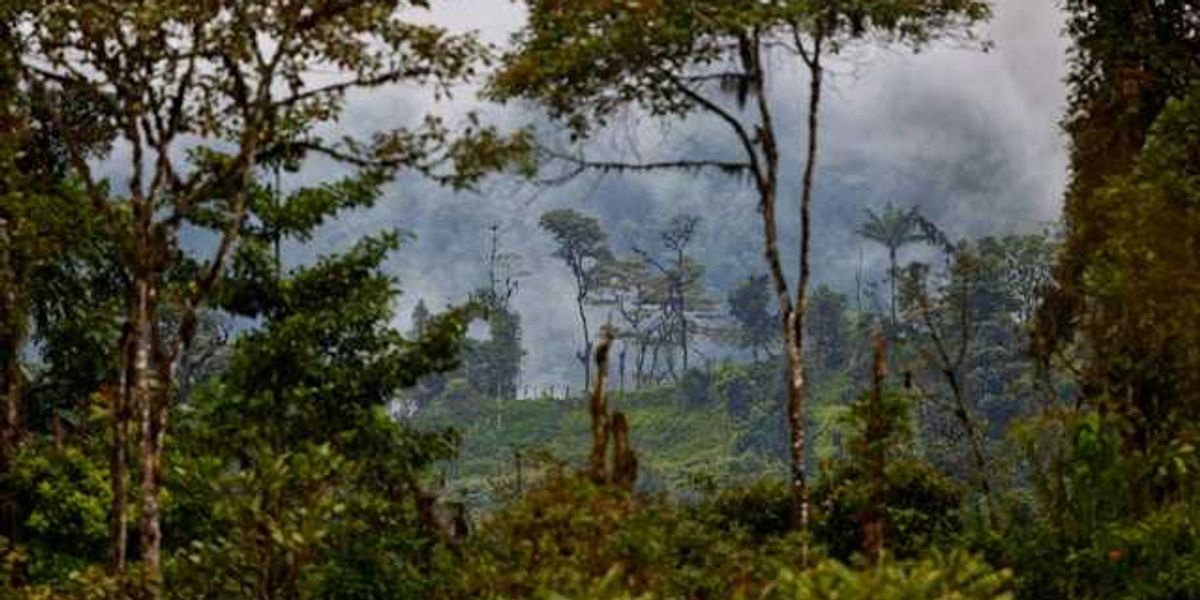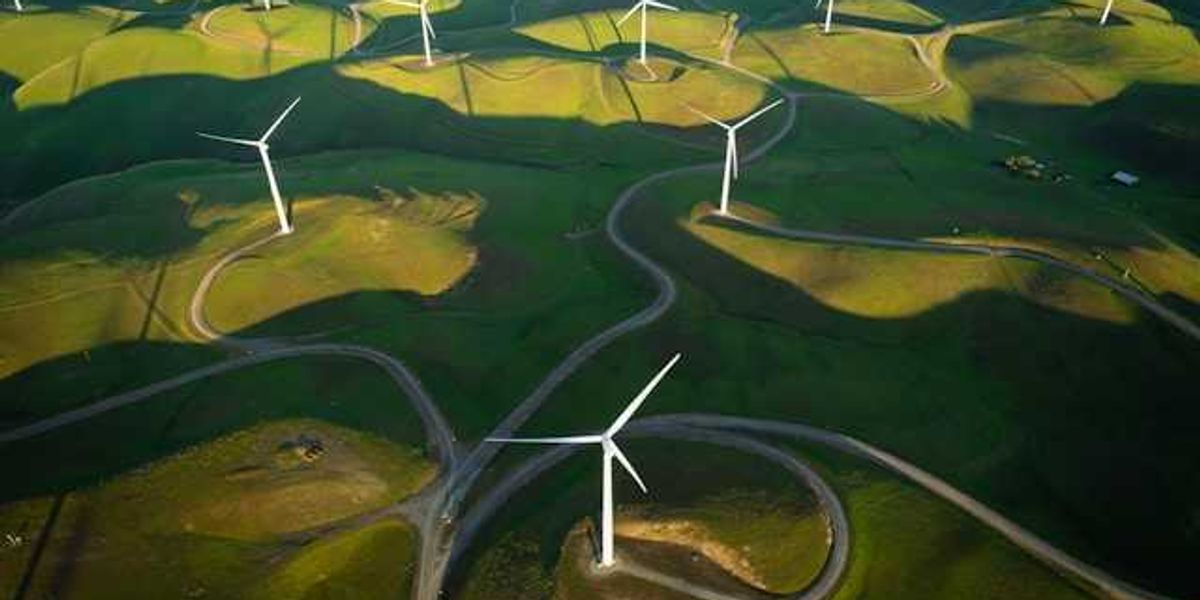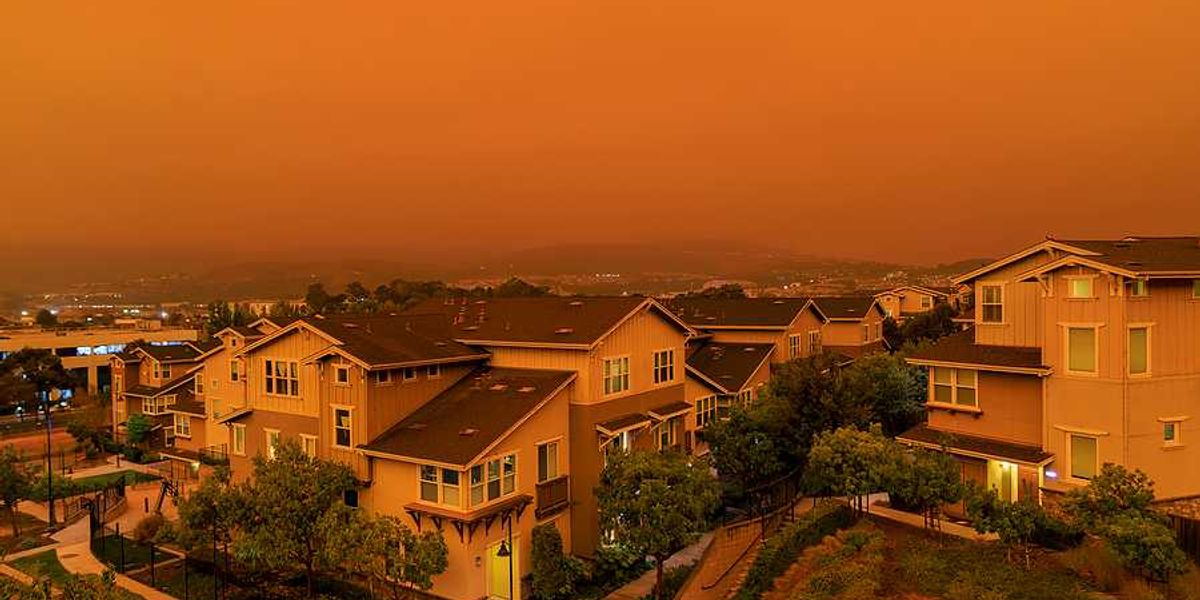Wildfires leave lasting scars on water supplies by spreading contaminants for years
Communities that rely on forested watersheds for drinking water face prolonged risks after wildfires, as new research shows pollutants can persist in rivers for nearly a decade.
Ben Livneh writes for The Conversation.
In short:
- A large-scale study of 245 burned and 300 unburned watersheds in the western U.S. found that wildfires significantly degrade water quality, with contaminants spiking up to 286 times above normal levels.
- Key pollutants include sediment, organic carbon, nitrogen, and phosphorus, which can overwhelm treatment facilities and react with chlorine to form harmful disinfection byproducts.
- Elevated nitrogen and sediment levels lasted up to eight years, raising the risk of algal blooms and making some water sources unusable for extended periods.
Why this matters:
Wildfires are increasingly affecting how communities in the western United States access clean water. As flames strip away forest cover and bake the soil into a waxy, water-repellent layer, the first rains after a fire wash ash, chemicals, and debris into rivers and reservoirs. This runoff clogs filters, spurs algae growth, and mixes with disinfectants to produce carcinogenic byproducts — problems that don’t resolve quickly. Many cities depend on mountain watersheds for drinking water, yet the damage from fires can linger for years, complicating treatment and threatening supply reliability. With hotter, drier conditions fueling larger fires and more people moving into fire-prone areas, the link between forest health and water security is becoming increasingly important to understand.
Read more: Wildfires threaten drinking water with contamination risks













